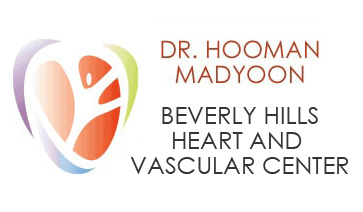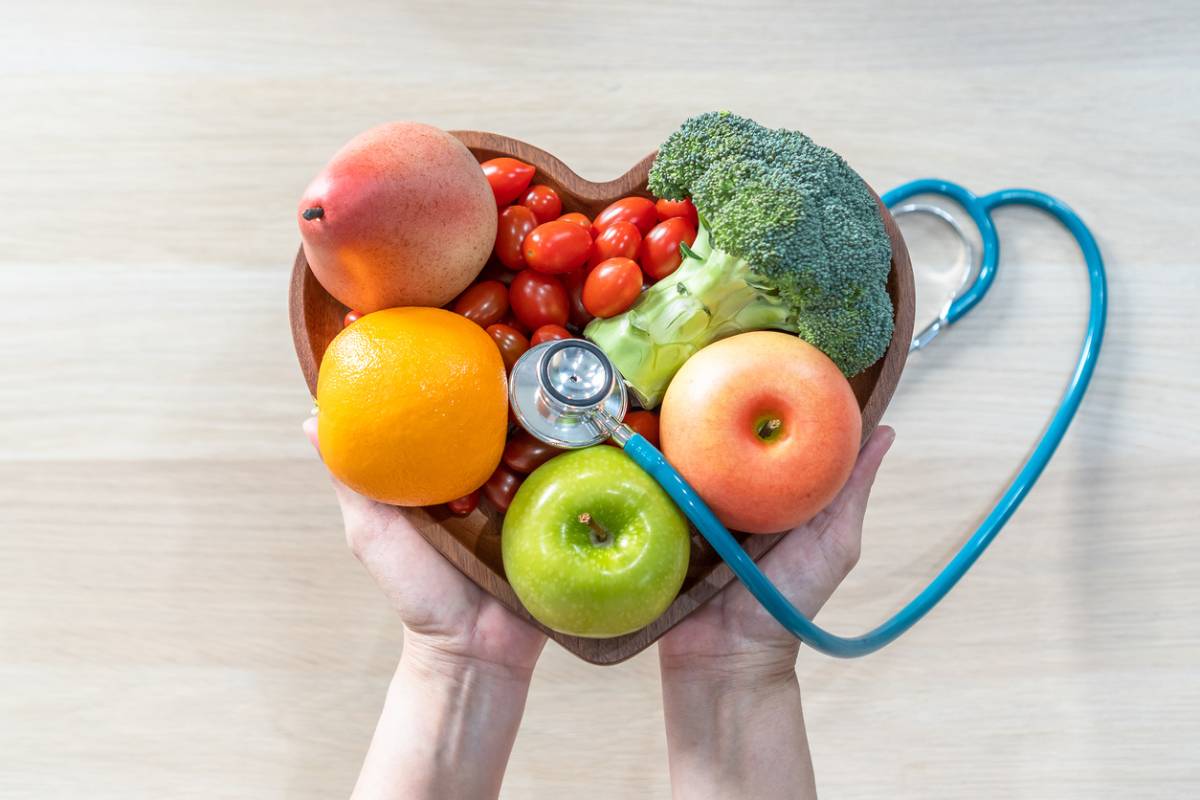Deep vein thrombosis is when a clot forms in one of the deep veins of your body. It is most commonly seen in the thigh but can occur elsewhere. A typical case will present with pain and swelling near the location of the clot, but it is possible to have deep vein thrombosis without any clear symptoms at all. These stealth cases of DVT are just as dangerous. Regardless of your symptoms patients with DVT run the risk of the clot breaking loose and traveling into the lungs where it could easily obstruct blood flow. Let’s look at some foods that lower thrombosis risk.
Foods that Lower Thrombosis Risk
Deep vein thrombosis is often associated with extended periods of inactivity. Individuals that sit in one position for an extended period of time are more likely to develop these clots. That’s why it’s important to take short breaks from sitting if you’re driving, on a long flight, or recovery from a surgery where you can stand up and shake it off. Fortunately, there are other steps you can take to prevent deep vein thrombosis if taking a break isn’t always an option. Eating the right foods can make a huge difference and reduce the chance that you’ll be on a first-name basis with your local Beverly Hills cardiovascular surgeon.
Stay Hydrated
It sounds simple, but drinking water regularly is one of the best things you can do to reduce your risk of developing a clot. Proper hydration helps your blood to maintain a healthy consistency and prevents platelets from coming together where they could coagulate.
Eat Your Fruits and Veggies
Eating a diverse group of fruits and vegetables, including leafy greens helps to ensure that you’re receiving proper nutrition in the form of antioxidants, vitamins, and fiber. All of these components help to maintain your cardiovascular health in general.
Opt for Lean Meats
Protein is beneficial to your health, but you may want to reduce your consumption of fattier meats like beef and pork if you’re concerned about deep vein thrombosis. Leaner meats like chicken and fish can provide many of the same health benefits without increasing your cholesterol and the risk of developing further cardiac conditions.
Use Olive Oil
The research isn’t completely solid on this one. But there is evidence to suggest that the phenols found in healthy fats actually reduce platelet activity. This makes the platelets less likely to clot and could reduce your overall risk of deep vein thrombosis. There are other, proven health benefits of including healthy fats in your diet. So using olive oil as a part of your meals is likely in your best interest.
Choose Whole Grains
Whole grains and pseudograins contain high levels of fiber as well as proteins, antioxidants, and trace minerals that our bodies need. Maintaining a healthy diet that features whole grains is directly tied to reduced rates of cardiovascular disease, type 2 diabetes, and obesity.
Knowing When to Go to the Doctor
Prevention is never a guarantee. It is simply a way of reducing your risk in ways that you can control. Even so, you could do everything right and still develop deep vein thrombosis at some point in your life. If you ever notice unexplained swelling, pain, discoloration, or warmth in one (in some rare cases both) of your legs, then you need to see a doctor immediately.
With any luck you’ll be able to have a deep vein thrombosis treatment before it causes serious complications. Blood thinners may be used for smaller clots. But your cardiovascular surgeon may suggest the physical removal of a clot. Especially one formed as a result of deep vein thrombosis. This is the best way to ensure that the clot will not break up and travel to your lungs.

